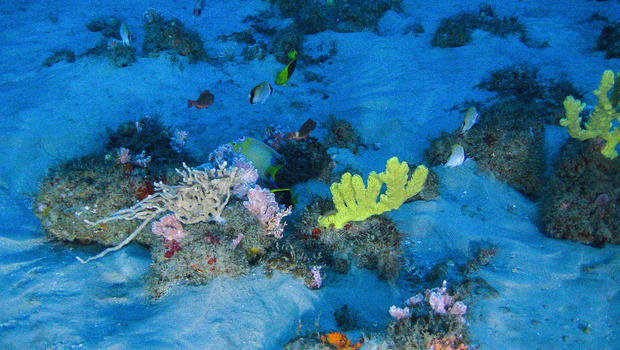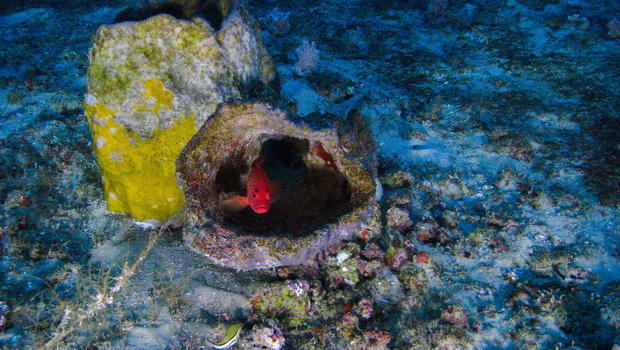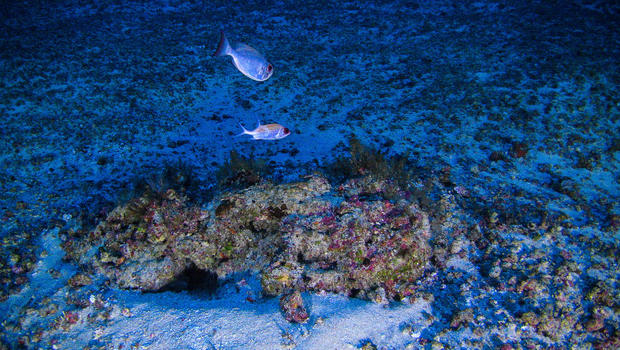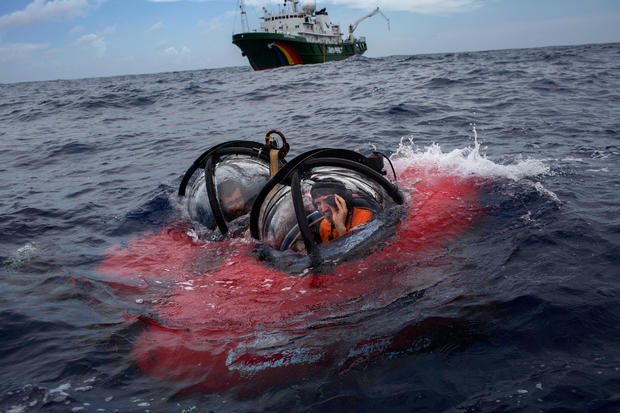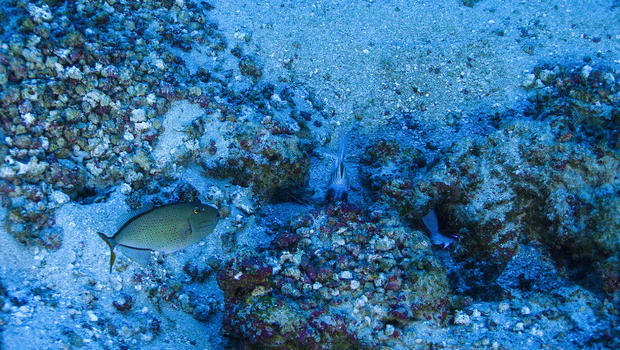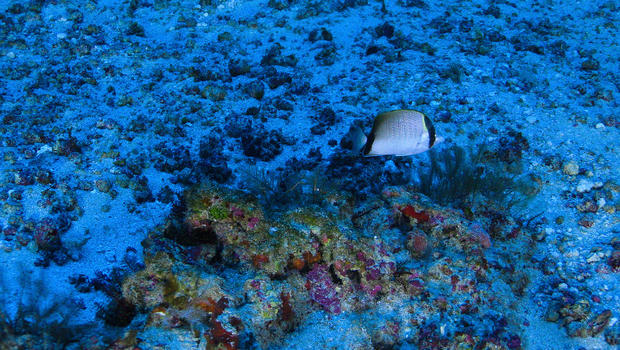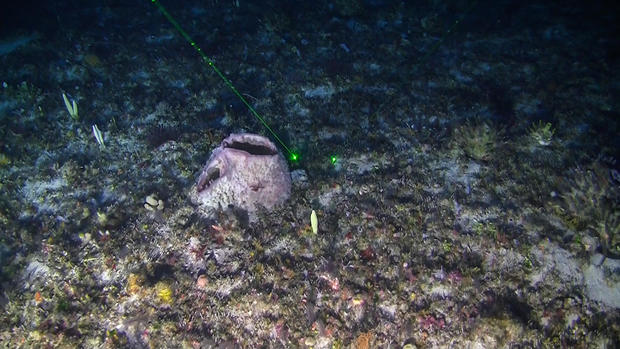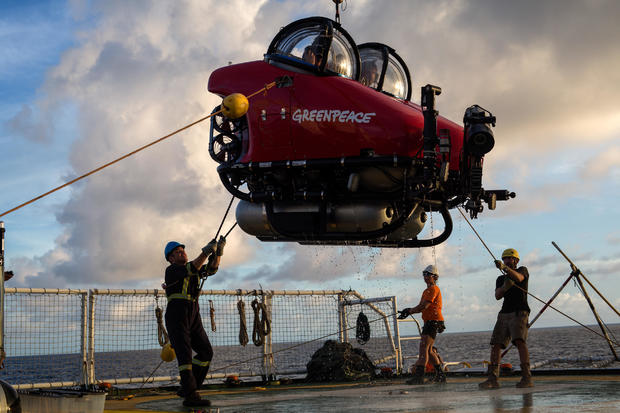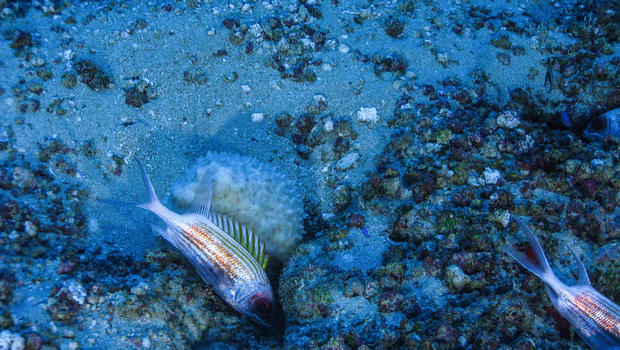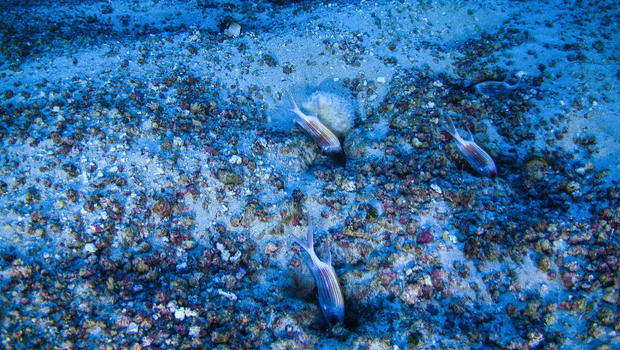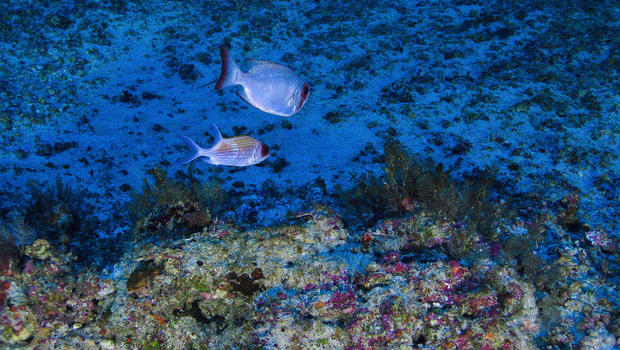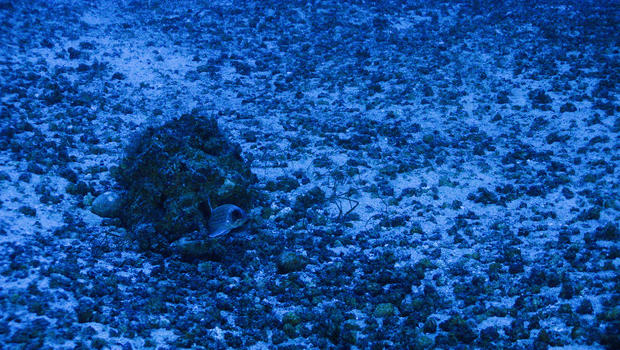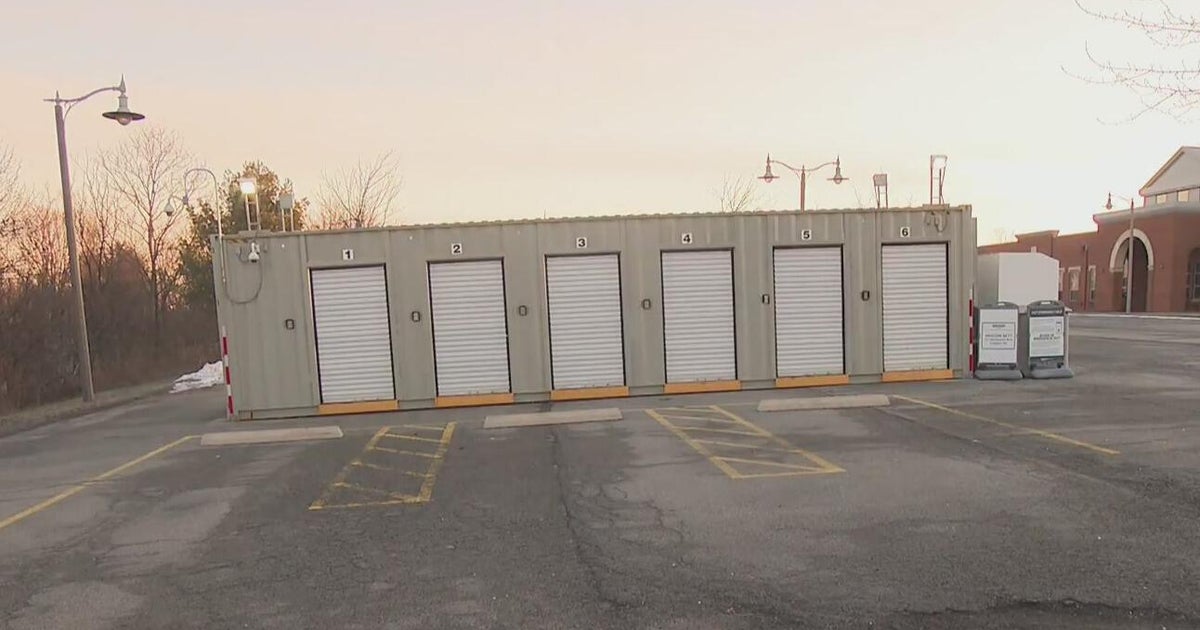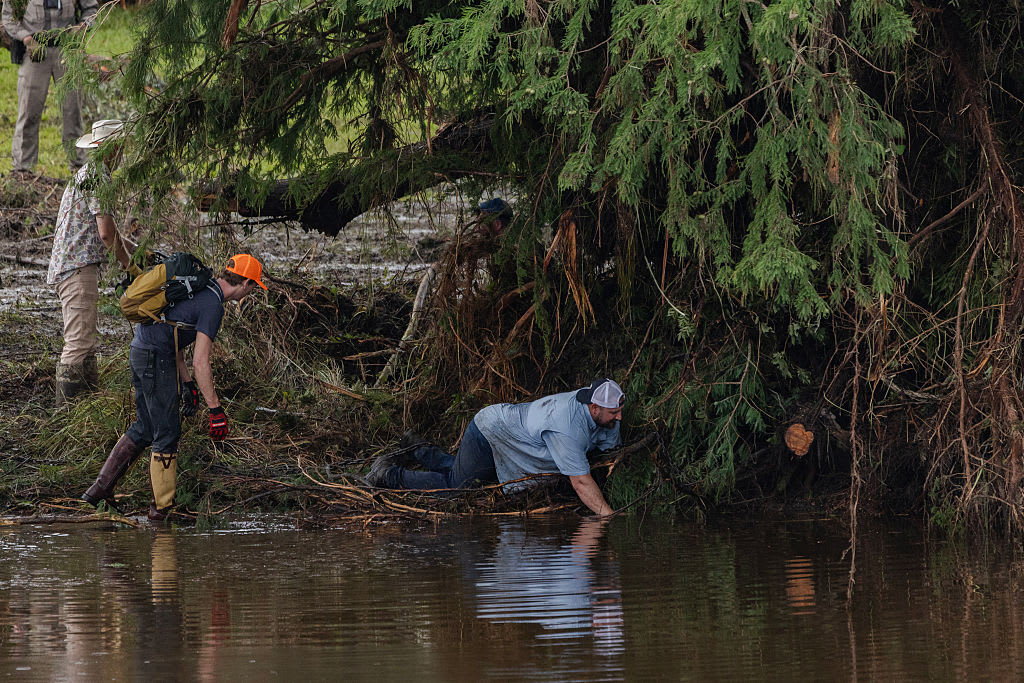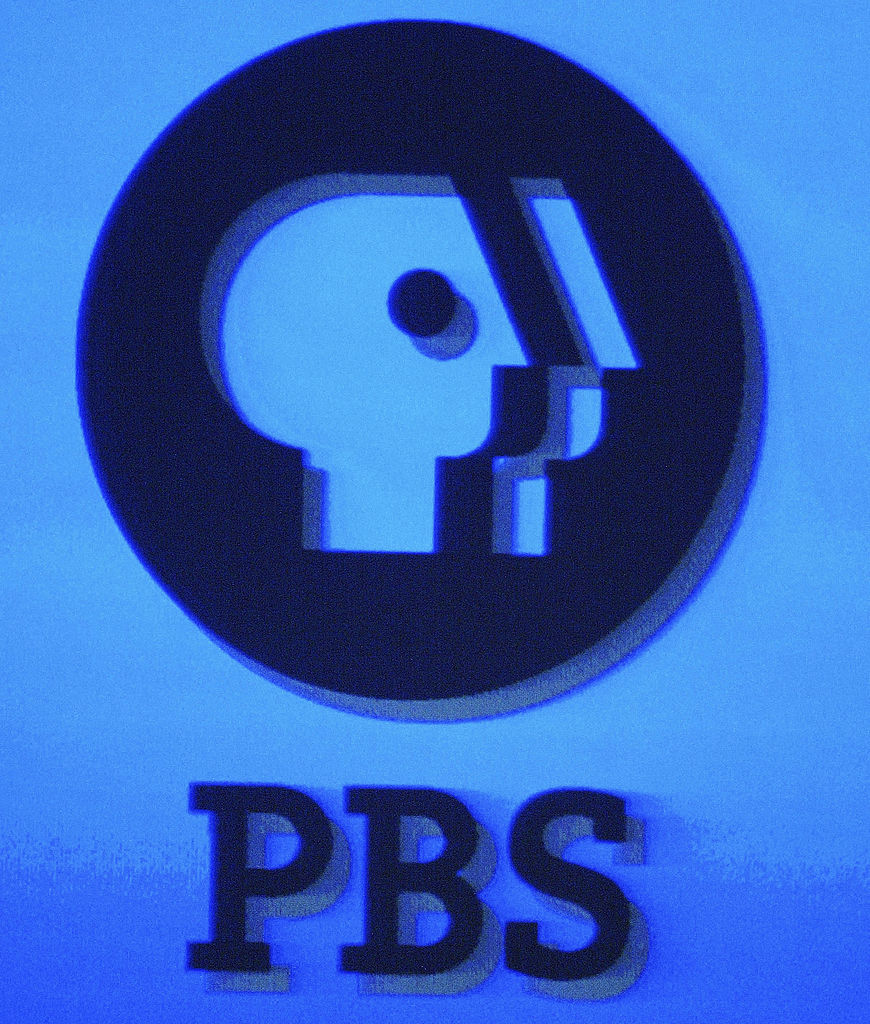Amazing Amazon Reef
Greenpeace Brazil says these photos, released Jan. 31, 2017, are the first underwater images ever taken of the Amazon Reef, a system of corals, sponges and rhodoliths spanning more than 3,660 square miles in the murky waters where the Amazon River meets the Atlantic Ocean.
Oceanographers first announced the discovery of the reef in 2016.
Amazon Reef
The Amazon River coral reef was photographed during a Greenpeace expedition as part of the environmental organization’s “Defend the Amazon Reef” campaign.
Amazon Reef
Colorful coral and fish in the reef at the mouth of the Amazon River. Oceanographers first announced the discovery of the reef in 2016.
Amazon Reef
Images of the Amazon Reef were taken from a submarine launched from the Greenpeace ship MY Esperanza during an expedition to the mouth of the Amazon River where it meets the Atlantic Ocean.
The reef came into view from a submarine at a depth of about 720 feet.
Amazon Reef
A submarine launched from the MY Esperanza ship carrying Ronaldo Francini Filho (left), a scientist from the Federal University of Paraíba, and John Hocevar (right), the director of the Greenpeace Oceans Campaign. Scientists first discovered the coral reef at the mouth of the Amazon River in 2016.
Amazon Reef
The Amazon River coral reef was photographed during a Greenpeace expedition as part of the environmental organization’s “Defend the Amazon Reef” campaign.
Amazon Reef
“This reef system is important for many reasons, including the fact that it has unique characteristics regarding use and availability of light, and physicochemical water conditions. It has a huge potential for new species, and it is also important for the economic well-being of fishing communities along the Amazonian Coastal Zone,” Nils Asp, a researcher at the Federal University of Pará, said in a Greenpeace statement.
Amazon Reef
A fish swims along the sea floor in the Amazon Reef area.
Amazon Reef
Underwater image of the Amazon Reef, first discovered in 2016. Greenpeace is raising concern about the environmental impact of potential oil exploration in the area, which is estimated to have 15 to 20 billion barrels in oil reserves.
Amazon Reef
Oceanographers hope to map the Amazon Reef, which covers more than 3,600 square miles. So far, they say less than 5 percent of it has been mapped.
Amazon Reef
The submarine is retrieved on MY Esperanza, a Greenpeace ship in the region of the Amazon River mouth to document the Amazon Reef, a recently discovered and largely unknown biome that may be soon threatened by oil exploration.
Amazon Reef
Images of the newly discovered Amazon Reef taken from a submarine launched from the MY Esperanza, a Greenpeace ship at the mouth of the Amazon River.
Amazon Reef
Colorful images of the coral reef at the mouth of the Amazon River.
Amazon Reef
A crustacean on the ocean floor in the Amazon Reef ecosystem.
Amazon Reef
A team of experts onboard the ship included Fabiano Thompson, a scientist from the Federal University of Rio de Janeiro, and Kenneth Jozeph Lowick, from Greenpeace Belgium. Thompson led the group of scientists who discovered the coral reef at the mouth of the Amazon River.
Amazon Reef
Fish and coral populate the Amazon Reef, photographed during a Greenpeace expedition.
Greenpeace is raising concern about the environmental impact of potential oil exploration in the area, which is estimated to have 15 to 20 billion barrels in oil reserves.
Amazon Reef
Fish swim through coral deep beneath the surface in the region where the Amazon River meets the Atlantic Ocean.
Amazon Reef
Images of the newly discovered Amazon Reef taken from a submarine launched from the MY Esperanza. The Greenpeace ship went to region at the mouth of the Amazon River, in Brazil’s Amapá State, for the “Defend the Amazon Reef” campaign.
